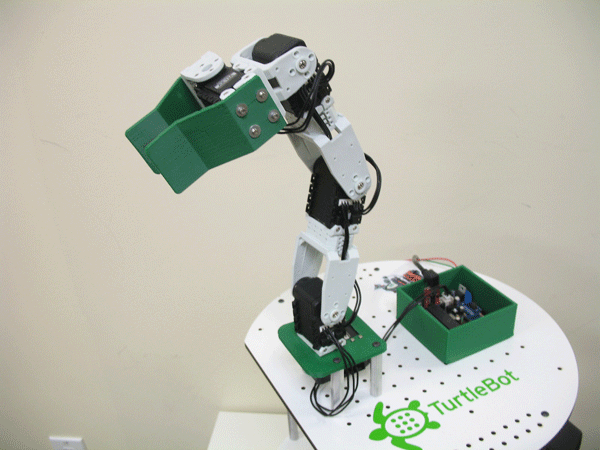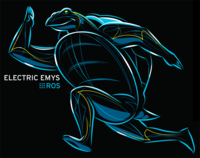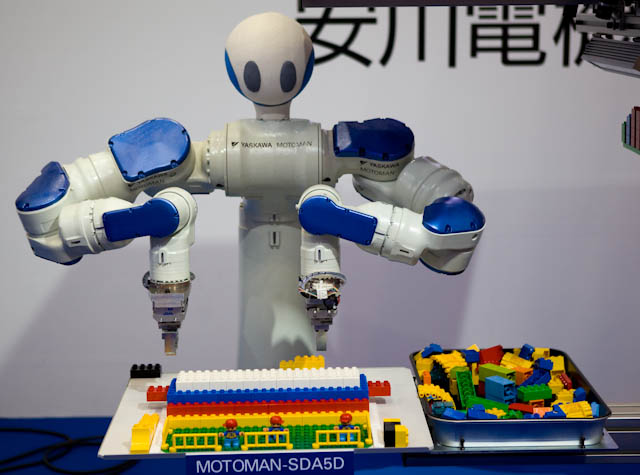We're trying a new way of planning our next ROS Distribution, ROS
Fuerte, in order to make it easier for people to get involved and also
handle the breadth of areas that ROS-related software deals with.
If you go to:
http://www.ros.org/wiki/fuerte/Planning
You will see an editable list of Special Interest Groups (SIGs).
Below each SIG is a brief description as well as a signup list. We
have seeded the list so that people have some examples to go by.
The process is very simple:
- Propose an SIG: anyone can propose an SIG. Please only propose an
SIG if you are willing to contribute.
- Signup for an SIG: anyone can signup for an SIG. Please only
signup for an SIG if you are willing to contribute (e.g. code).
The signup period will last until September 14th.
After the signup period, any SIG that has at least two people signed
up for it will be considered valid. If you are proposing a SIG, we
urge you to recruit authors/maintainers of the relevant software --
the authority of what goes in/out of a library remains with the
maintainer/author, so their buy-in is crucial. Similarly, we
encourage authors/maintainers to signup for SIGs that are relevant to
their software.
The follow-up process is also very simple:
- Each SIG designates a SIG Coordinator. If an SIG cannot agree on
a coordinator, one will be chosen for you.
- The coordinator will organize planning meeting(s) for the SIG.
This can be over IRC, video chat, at IROS, or whatever medium bests
fits the composition of your SIG. The deadline for these meetings is
September 28th.
- Each SIG group will post their planning notes as a sub-page of
http://ros.org/wiki/fuerte/Planning/. The deadline for
posting these notes is September 30th. SIGs can have followup
meetings, but this initial deadline is to ensure that the SIG is
activated.
The plans are just that -- plans. It is up to the members of each SIG
to achieve as much of that plan as possible in time for the freeze
dates of ROS Fuerte (remember, there's always Groovy Galapagos).
As always, we appreciate your participation. We hope this more
distributed process will better match the distributed nature of ROS
development.








 A new update to ROS Electric is now available. This update includes compatibility updates from William Woodall for OS X, as well as bug fixes to
A new update to ROS Electric is now available. This update includes compatibility updates from William Woodall for OS X, as well as bug fixes to 